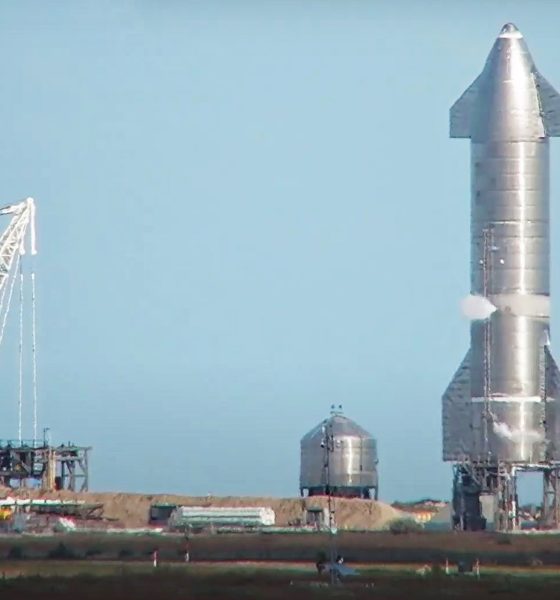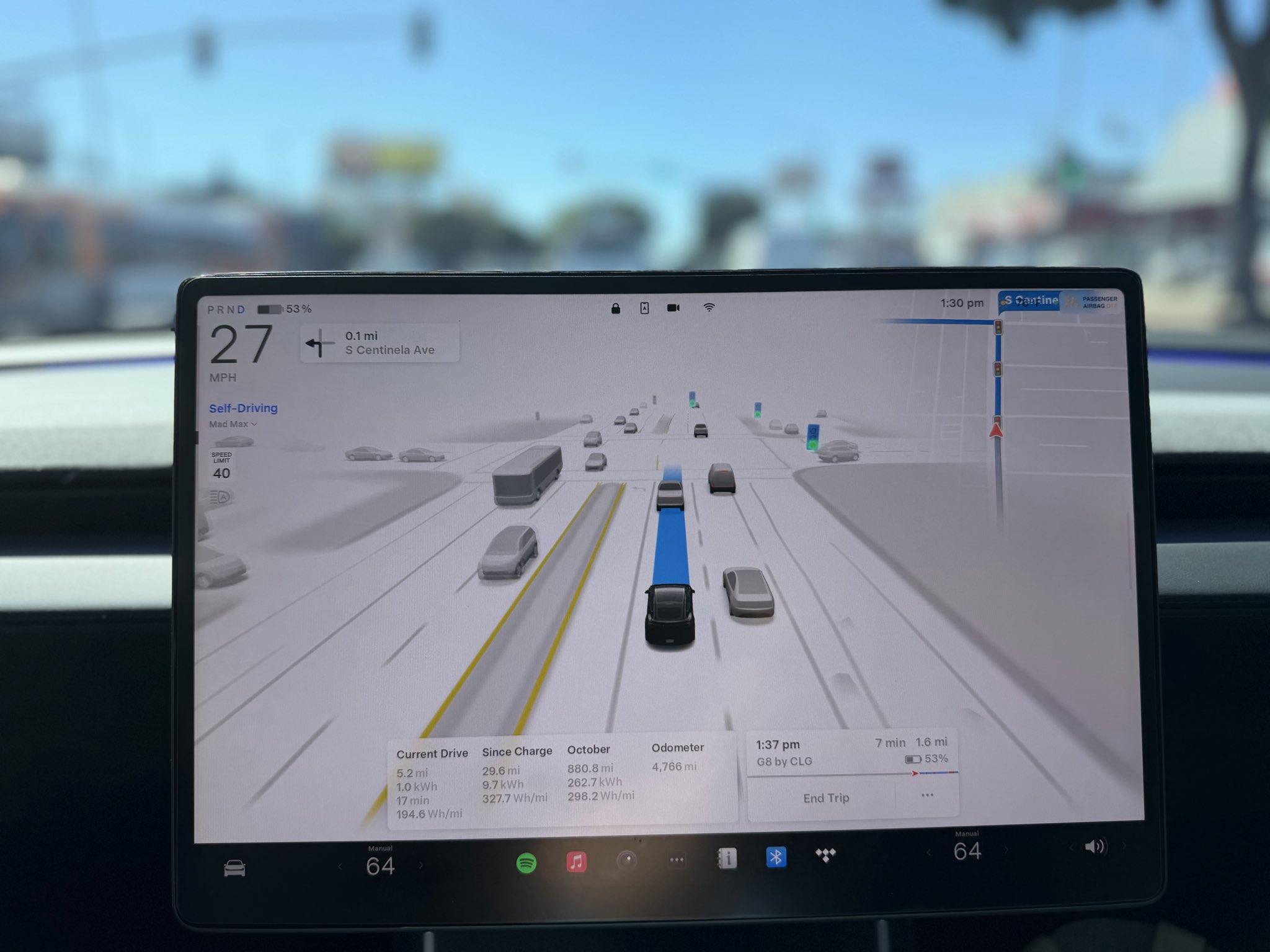

News
SpaceX, Elon Musk clash with the FAA over Starship launch license delays
In a bizarre series of events, SpaceX and CEO Elon Musk spent the day visibly clashing with the US Federal Aviation Administration (FAA) over Starship launch licensing delays.
Just six weeks ago, Starship serial number 8 (SN8) nearly aced the SpaceX’s first FAA-approved high-altitude launch debut out of South Texas, demonstrating the rocket’s ability to safely launch to high altitudes and return back to earth. Though a pressurization issue ultimately caused SN8 to lose thrust and impact the ground before it could gently touch down, the Starship made it a full six and a half minutes into a roughly seven-minute test flight before anything went wrong – a degree of success far greater than almost anyone at SpaceX confidently expected.
In the leadup to a bizarre last-minute abort of what may or may not have been Starship SN9’s first real launch attempt, Musk had some strong words for the FAA’s space division, deeming its regulatory structure “fundamentally broken” and a regime under which “humanity will never get to Mars.” Not long after that and in the midst of a great deal of uncertainty and mixed messages about the status of the rocket’s FAA launch license, SpaceX appeared to begin loading Starship SN9 with liquid oxygen and methane propellant.
Because a launch flow is virtually indistinguishable – aside from paperwork – from the process of preparing a Starship for a wet dress rehearsal (WDR) or Raptor engine static fire, it’s impossible to know if SpaceX was attempting to hedge its bets or simply taking advantage of established readiness to perform additional ground tests.
According to vague but official comments from the FAA provided to Washington Post reporter Christian Davenport, the licensing issue “is related to SN9,” which could imply a vehicle hardware or software issue but could just as easily be true for almost anything even tangentially related to the launch (range, ground systems, politics, semi-arbitrary risk analysis, etc).
Ultimately, perhaps just a minute or less away from a possible static fire or launch, SpaceX aborted Starship SN9’s mysterious January 28th test and gradually detanked the rocket over the next few hours.
Around 3:50 pm CST (UTC-6), SpaceX officially notified Boca Chica Village’s last few private residents that they could safely return to their homes (roughly 1.5 miles away from the launch pad), confirming that Starship SN9 will remain grounded until no earlier than 9 am (ish) to 2 pm CST, January 29th. However, it remains to be seen if the issue FAA has taken with something “related to” Starship SN9 can be quickly resolved, effectively leaving the rocket’s high-altitude launch debut in limbo until more information is made available.

News
Czech Deputy excited for Tesla FSD, hints at Transport Committee review
The ANO party lawmaker shared his thoughts about FSD in a post on social media platform X.

Martin Kolovratník, a Czech Republic Chamber of Deputies member, has expressed his excitement for Tesla’s Full Self-Driving (FSD) after an apparent constituent called for a quick approval for the advanced safety system.
The ANO party lawmaker, who drives both diesel and EV, shared his thoughts about the matter in a post on social media platform X.
The official’s initial statements
Kolovratník kicked off the exchange with a post outlining his coalition’s efforts to scrap highway toll exemptions for electric vehicles and plug-ins starting in 2027.
“Times have changed. Electric vehicles are no longer a fringe technology, but a full-fledged part of operations. And if someone uses the highway network, they should follow the same rules as everyone else. That’s the basis of fairness,” he wrote.
He emphasized equity over ideology, noting his personal mix of diesel and electric driving. “For this reason, there is no reason to continue favoring one technology at the expense of another… It’s not about ideology, it’s about equal conditions. That’s why we clearly agreed within the new coalition: the exemption for electric vehicles and plug-ins will end in 2027. The decision is predictable, understandable, and economically sound.”
Tesla FSD enthusiasm
The conversation pivoted to Tesla’s FSD when X user @robotinreallife, who seems to be one of the official’s constituents, replied that other matters are more important than ending highway exemptions for EVs.
“I’m happy to pay for the highway, but I have a question about a much more fundamental matter: The Netherlands will approve the operation of Tesla FSD in February 26, a technology that has been proven to reduce accidents. The Czech Republic has the option to immediately recognize this certification. Do you plan to support this step so that we don’t unnecessarily delay?” the X user asked.
Kolovratník responded promptly, sharing his own excitement for the upcoming rollout of FSD. “I know about it. I like it and it seems interesting to me. Once we set up the committees and subcommittees, we’ll open it right away in that transport one. Thanks for the tip, I’ll deliver the report,” the official noted in his reply on X.
Kolovratník’s nod to FSD hints at the system’s potentially smooth rollout to Czechia in the coming year. With the Netherlands possibly greenlighting FSD (Supervised) in early 2026, Kolovratník’s commitment could accelerate cross-border certification, boosting FSD’s foray into Europe by a notable margin.
News
Tesla Model 3 named New Zealand’s best passenger car of 2025
Tesla flipped the switch on Full Self-Driving (Supervised) in September, turning every Model 3 and Model Y into New Zealand’s most advanced production car overnight.

The refreshed Tesla Model 3 has won the DRIVEN Car Guide AA Insurance NZ Car of the Year 2025 award in the Passenger Car category, beating all traditional and electric rivals.
Judges praised the all-electric sedan’s driving dynamics, value-packed EV tech, and the game-changing addition of Full Self-Driving (Supervised) that went live in New Zealand this September.
Why the Model 3 clinched the crown
DRIVEN admitted they were late to the “Highland” party because the updated sedan arrived in New Zealand as a 2024 model, just before the new Model Y stole the headlines. Yet two things forced a re-evaluation this year.
First, experiencing the new Model Y reminded testers how many big upgrades originated in the Model 3, such as the smoother ride, quieter cabin, ventilated seats, rear touchscreen, and stalk-less minimalist interior. Second, and far more importantly, Tesla flipped the switch on Full Self-Driving (Supervised) in September, turning every Model 3 and Model Y into New Zealand’s most advanced production car overnight.
FSD changes everything for Kiwi buyers
The publication called the entry-level rear-wheel-drive version “good to drive and represents a lot of EV technology for the money,” but highlighted that FSD elevates it into another league. “Make no mistake, despite the ‘Supervised’ bit in the name that requires you to remain ready to take control, it’s autonomous and very capable in some surprisingly tricky scenarios,” the review stated.
At NZ$11,400, FSD is far from cheap, but Tesla also offers FSD (Supervised) on a $159 monthly subscription, making the tech accessible without the full upfront investment. That’s a game-changer, as it allows users to access the company’s most advanced system without forking over a huge amount of money.
News
Tesla starts rolling out FSD V14.2.1 to AI4 vehicles including Cybertruck
FSD V14.2.1 was released just about a week after the initial FSD V14.2 update was rolled out.

It appears that the Tesla AI team burned the midnight oil, allowing them to release FSD V14.2.1 on Thanksgiving. The update has been reported by Tesla owners with AI4 vehicles, as well as Cybertruck owners.
For the Tesla AI team, at least, it appears that work really does not stop.
FSD V14.2.1
Initial posts about FSD V14.2.1 were shared by Tesla owners on social media platform X. As per the Tesla owners, V14.2.1 appears to be a point update that’s designed to polish the features and capacities that have been available in FSD V14. A look at the release notes for FSD V14.2.1, however, shows that an extra line has been added.
“Camera visibility can lead to increased attention monitoring sensitivity.”
Whether this could lead to more drivers being alerted to pay attention to the roads more remains to be seen. This would likely become evident as soon as the first batch of videos from Tesla owners who received V14.21 start sharing their first drive impressions of the update. Despite the update being released on Thanksgiving, it would not be surprising if first impressions videos of FSD V14.2.1 are shared today, just the same.
Rapid FSD releases
What is rather interesting and impressive is the fact that FSD V14.2.1 was released just about a week after the initial FSD V14.2 update was rolled out. This bodes well for Tesla’s FSD users, especially since CEO Elon Musk has stated in the past that the V14.2 series will be for “widespread use.”
FSD V14 has so far received numerous positive reviews from Tesla owners, with numerous drivers noting that the system now drives better than most human drivers because it is cautious, confident, and considerate at the same time. The only question now, really, is if the V14.2 series does make it to the company’s wide FSD fleet, which is still populated by numerous HW3 vehicles.









